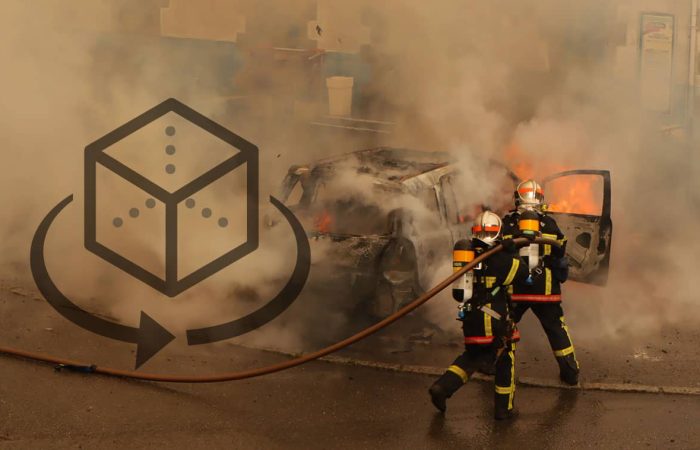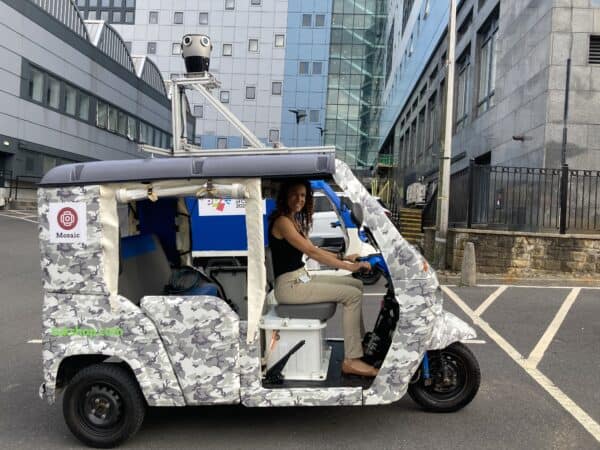How different industries are enhancing situational awareness for safer, more efficient places of doing business
What is Situational Awareness?
Situational awareness refers to the ability to perceive and understand the context, dynamics, and potential consequences of a situation in real-time. It involves being aware of the immediate surroundings, monitoring changes in the environment, and interpreting information from various sources to form an accurate and up-to-date understanding of the situation.
Situational awareness is important in a wide range of settings, including aviation, military operations, emergency management, healthcare, and many others. It is critical for effective decision-making, risk management, and situational control.
Situational awareness is often achieved through a combination of observation, communication, and analysis. This might involve using technology such as sensors or monitoring tools, gathering information from multiple sources such as data feeds or verbal reports, and analyzing that information to develop a comprehensive understanding of the situation.
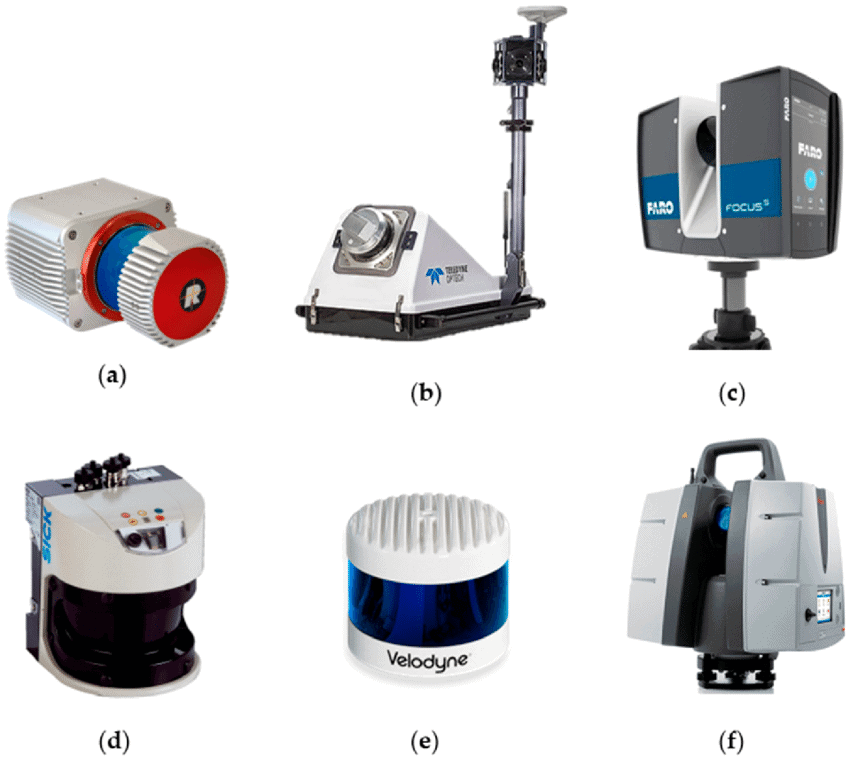
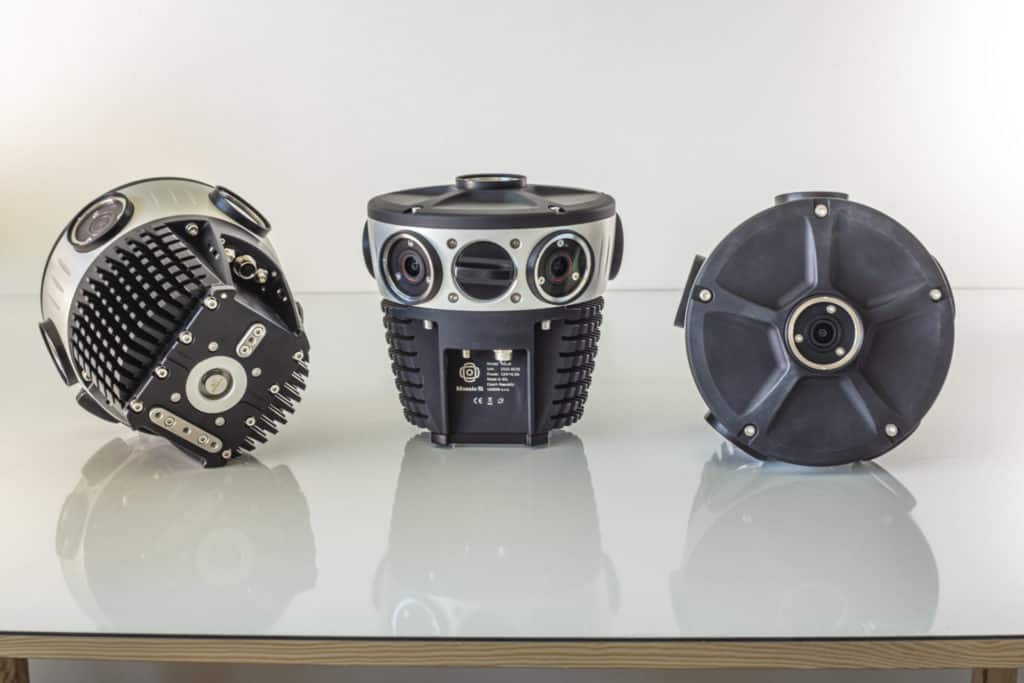
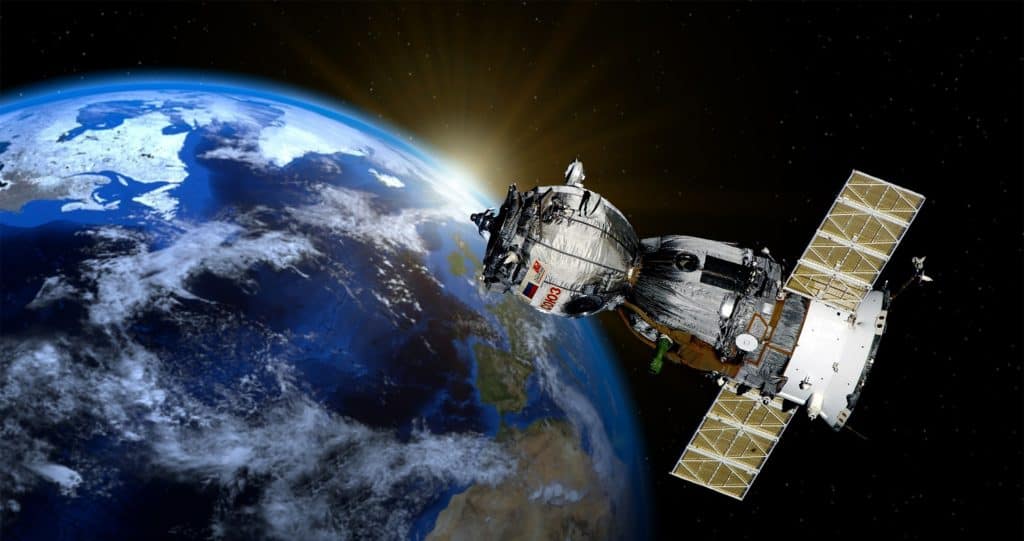
Overall, situational awareness is an important cognitive skill that can help individuals and organizations to respond quickly and effectively to changing circumstances, make informed decisions, and minimize risks.
Situational Awareness and Reality Capture – the same or different?
Situational awareness refers to the ability to perceive and understand the context, dynamics, and potential consequences of a situation in real-time. It involves being aware of the immediate surroundings, monitoring changes in the environment, and interpreting information from various sources to form an accurate and up-to-date understanding of the situation.
Reality capture, on the other hand, refers to the process of using technology to capture and create a digital representation of the real world. This can involve techniques such as 3D scanning, photogrammetry, lidar, and other technologies that can create accurate digital models (sometimes called Digital Twins) of physical objects and environments.
While situational awareness and reality capture are not the same thing, they are related in that reality capture can be used as a tool to enhance situational awareness. By creating a digital model of the environment, it is possible to provide a more detailed and accurate representation of the situation, which can help individuals to better understand and interpret their surroundings.
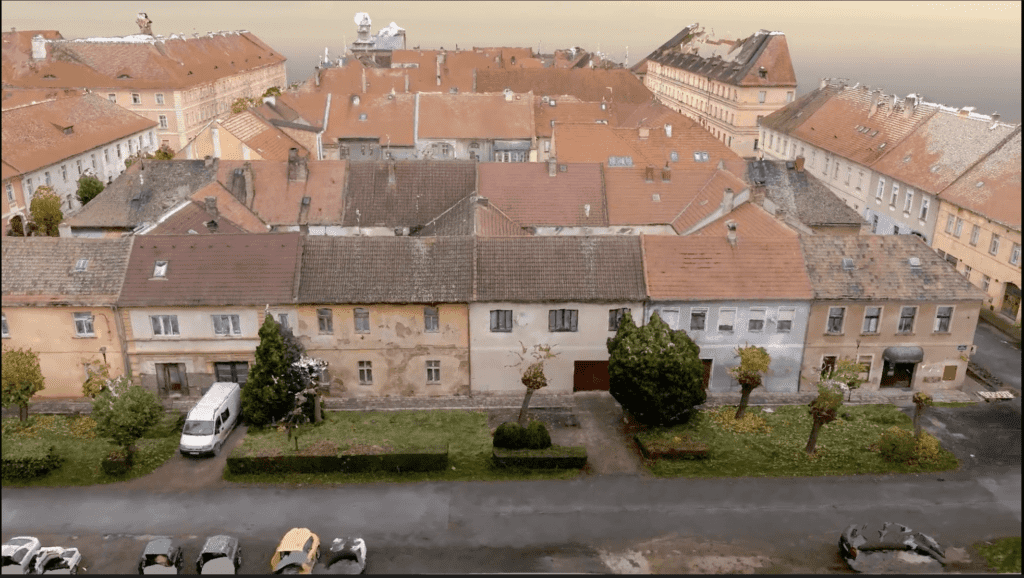
For example, in emergency management, reality capture can be used to create a digital model of a disaster area, which can be used to identify hazards, plan rescue operations, and coordinate response efforts. Similarly, in military operations, reality capture can be used to create a digital model of a battlefield, which can be used to plan and coordinate tactics and maneuvers.
Overall, while situational awareness and reality capture are different concepts, they are related in that reality capture can be used as a tool to enhance situational awareness, providing a more detailed and accurate understanding of the environment.
What tools are used for enhancing situational awareness?
There are a wide range of tools and technologies that can be used to achieve situational awareness in different settings. Some examples include:
- Sensors and monitoring tools: These can include cameras, microphones, temperature sensors, pressure sensors, and other types of sensors that can detect and measure changes in the environment.
- Geographic Information Systems (GIS): These systems can be used to visualize and analyze spatial data, such as maps and satellite imagery, to identify patterns and trends in the environment.
- Communication technologies: These can include radios, telephones, email, instant messaging, and other communication tools that allow individuals and teams to share information and coordinate their activities.
- Data analytics: These tools can be used to process and analyze large amounts of data in real-time, allowing decision-makers to identify trends and patterns that might otherwise be difficult to detect.
- Machine learning algorithms: These can be used to analyze large amounts of data and learn patterns and trends over time, enabling more accurate predictions and faster decision-making.
- Augmented Reality (AR) and Virtual Reality (VR): These technologies can be used to provide real-time, immersive visualizations of the environment, helping individuals to better understand and interpret their surroundings.
Overall, the tools used for achieving situational awareness will depend on the specific context and requirements of the situation. However, by leveraging the right tools and technologies, individuals and organizations can improve their situational awareness and make more informed decisions.
How does Mobile Mapping Enhance Situational Awareness?
Mobile mapping is defined as the process of collecting geographic data using cars, drones, boats, and other mobile vehicles. These vehicles are rigged with data-gathering equipment such as GNSS receivers, laser scanners, cameras, and radars.
The information collected from this process is then used for mapping roadways, railways, buildings, and utilities – both above ground, underground, and underwater.
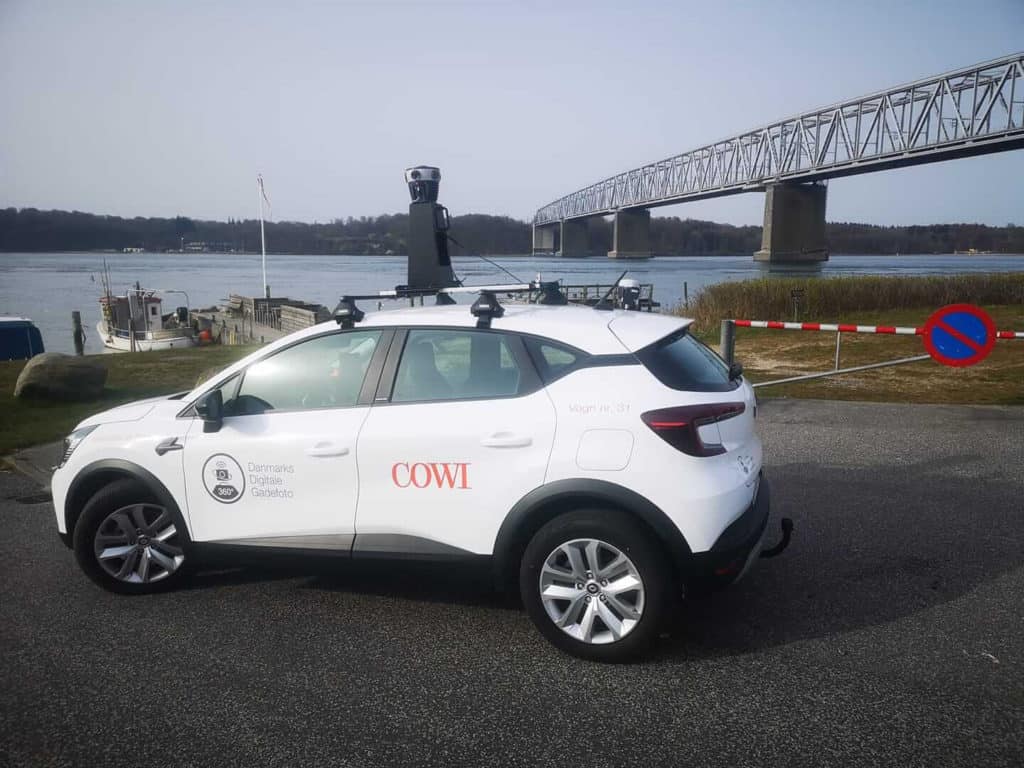
This process also provides valuable information that can help you enhance situational awareness. One of the largest spaces individuals, companies and organizations operate within is street-level. Meaning the data collected with mobile mapping systems (cameras, Lidar, etc) is precisely the data needed for a vast range of industries and use cases that benefit from having accurate situational awareness.
Achieving better situational awareness with mobile mapping cameras
Mobile mapping cameras can be a valuable tool in achieving better situational awareness by providing high-resolution imagery and data that can be used to analyze and understand the environment. These tools also obtain up-to-date and accurate information about one’s surroundings as a means to fulfill this goal.
Such advanced cameras are equipped with sensors and GPS technology, which allow for accurate and precise location tracking and mapping. There are also pieces of equipment that use LiDAR (Light Detection and Ranging) technology to capture high-resolution images and data.
This data can then be used to create accurate 3D models of the environment, which helps in identifying potential hazards, planning routes, and analyzing the surroundings. Models generated with mobile mapping cameras can also be used in construction projects to create accurate maps of the site and ensure that the initiative is progressing according to plan.
With such rich and accurate information, organizations and even government institutions that use advanced and high-quality mobile mapping camera equipment can better document their environment, make informed decisions, and efficiently manage their properties.
What industries need situational awareness
Situational awareness is important for many industries and businesses, particularly those that operate in high-risk or rapidly changing environments. Some examples include:
- Emergency services: Police, fire, and ambulance services need situational awareness to respond quickly and effectively to emergencies.
- Military and defense: The military and defense industries rely on situational awareness to anticipate and respond to threats.
- Aviation: Air traffic controllers, pilots, and other aviation personnel require situational awareness to maintain safety and avoid accidents.
- Energy, telecom & utilities: The energy and utilities sectors require situational awareness to monitor power grids and other critical infrastructure.
- Transportation: Shipping, logistics, and transportation industries require situational awareness to track shipments and ensure timely delivery.
- Manufacturing: Manufacturing industries require situational awareness to monitor production processes and ensure worker safety.
“Our goal is to eliminate surveyors in the field and use only remote techniques for capturing the data needed for situational awareness.”
Mosaic customer
Overall, any industry or business that operates in a dynamic and rapidly changing environment can benefit from situational awareness to enhance safety, productivity, and decision-making.
Situational Awareness in Emergency Situations
Situational awareness is a critical component of emergency management. It refers to the ability of emergency responders and decision-makers to understand and interpret the current state of an emergency situation, including its context, dynamics, and potential consequences.
In emergency management, situational awareness is achieved through a combination of real-time data collection, analysis, and communication. This involves monitoring the situation, gathering information from multiple sources, and analyzing that information to gain an accurate understanding of the situation.
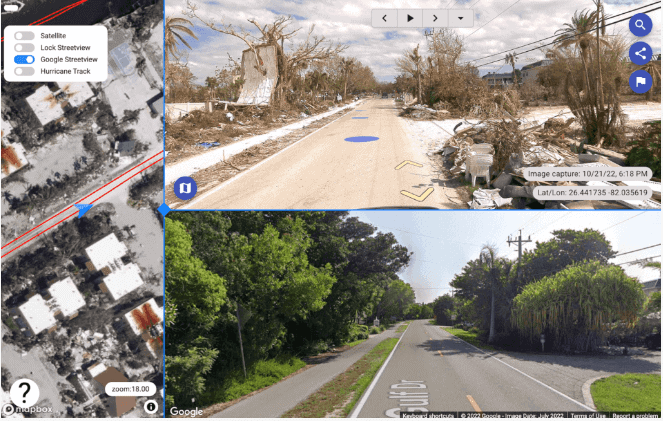
Once situational awareness has been established, emergency responders and decision-makers can use it to make informed decisions about how to respond to the emergency. This might include prioritizing resources, implementing specific response strategies, and communicating with stakeholders and the public.
Overall, situational awareness is critical to effective emergency management. It helps ensure that emergency responders and decision-makers have the information they need to respond quickly and effectively to emergency situations, while also minimizing risks to themselves and others.
Situational Awareness in Telecommunications
In telecommunications, situational awareness refers to the ability to monitor and understand the real-time status of communication networks and services. It involves gathering data from various sources, analyzing it, and communicating it to decision-makers to enable them to make informed decisions and take appropriate actions.
Situational awareness in telecommunications involves using advanced technologies such as network monitoring tools, data analytics, and machine learning algorithms to continuously monitor the performance of networks and services. This includes monitoring network traffic, identifying areas of congestion or potential failures, and taking action to prevent or mitigate service disruptions.
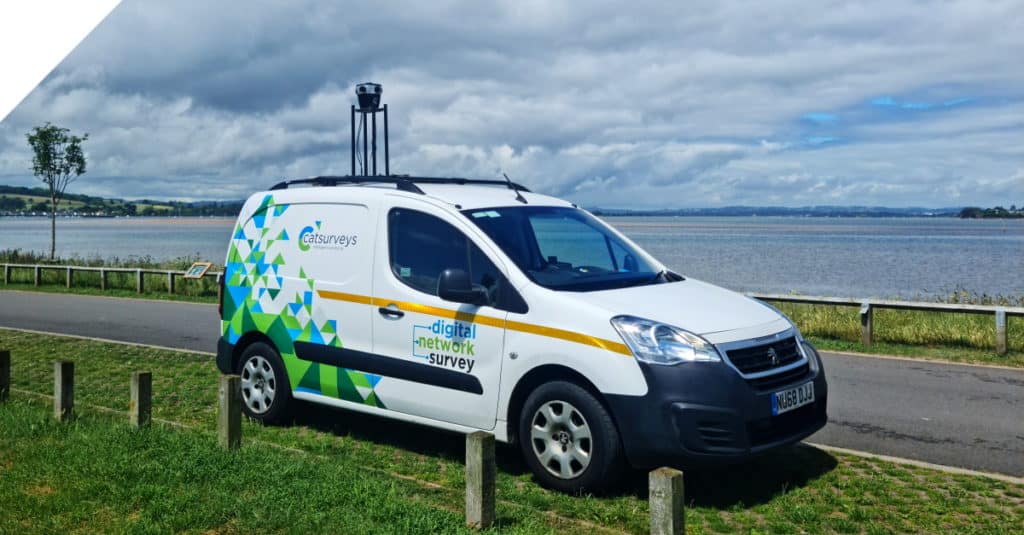
Situational awareness in telecommunications is critical for ensuring the reliability and availability of communication networks and services, minimizing downtime, and responding effectively to emergencies. It enables telecommunications providers to quickly identify and address issues before they become major problems, and to respond rapidly and effectively to emergencies such as natural disasters, cyber attacks, or network outages.
Overall, situational awareness is an important capability for telecommunications providers, enabling them to maintain the quality and reliability of communication services and meet the growing demand for high-speed connectivity.
Situational Awareness in Utility and Grid Inspection
Situational Awareness in Utility and Grid Inspection refers to the ability of utility personnel and inspectors to have a clear understanding of their immediate environment, including the condition of the grid, equipment, and surrounding surroundings, in real-time or near real-time. It involves being aware of relevant information, such as the status of equipment, potential hazards, and operational conditions, in order to make informed decisions and take appropriate actions to ensure the safety, reliability, and efficiency of utility operations.
The importance of Situational Awareness in Utility and Grid Inspection cannot be overstated, as it plays a critical role in maintaining the integrity of the power grid and preventing accidents or disruptions. Here are two examples that illustrate the significance of situational awareness in utility and grid inspection:
Grid Maintenance:
During routine maintenance activities, utility personnel need to be aware of the current state of the grid, including the condition of equipment, such as transformers, switches, and transmission lines. By having a clear situational awareness, they can quickly identify any signs of wear and tear, damage, or potential issues that may pose a risk to the grid’s reliability or safety. For example, if an inspector notices a frayed cable or a damaged insulator on a transmission line, they can take immediate action to repair or replace it, preventing a potential power outage or equipment failure.
Emergency Response:
In the event of a grid failure or an emergency situation, situational awareness is crucial for utility personnel to respond effectively and efficiently. For instance, during a major storm or a natural disaster, utility operators need to have a comprehensive situational awareness of the affected areas, including power outages, equipment damage, and potential hazards, to prioritize response efforts and allocate resources accordingly. With accurate situational awareness, utility operators can make informed decisions, such as dispatching repair crews to critical areas, isolating damaged sections of the grid, and coordinating with emergency responders, to minimize the impact of the emergency and restore power as quickly and safely as possible.
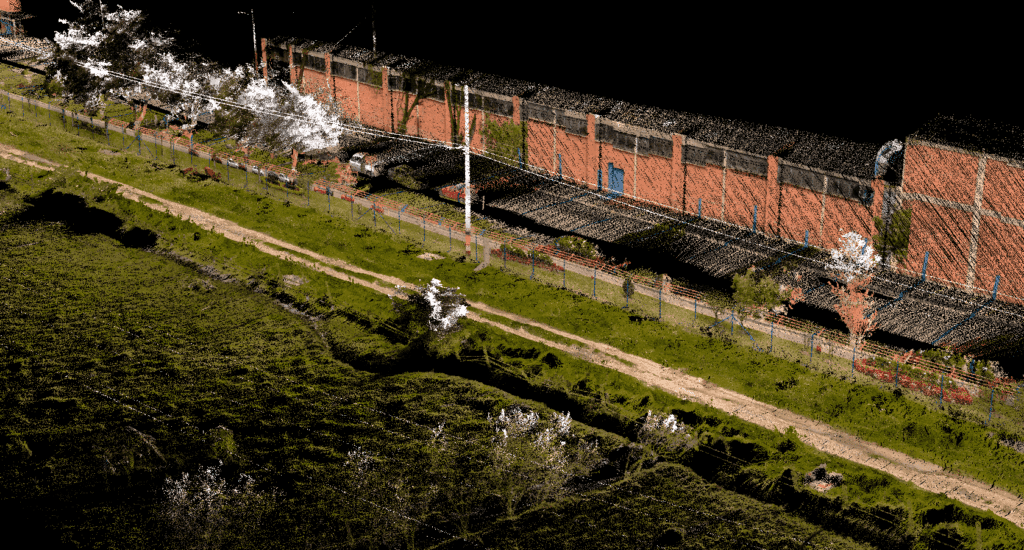
In summary, situational awareness in utility and grid inspection is vital for maintaining the reliability, safety, and efficiency of utility operations. It enables utility personnel and inspectors to proactively identify and address potential issues, respond effectively to emergencies, and ensure the smooth operation of the power grid.
Conclusion
In conclusion, enhancing situational awareness is crucial in various industries and plays a significant role in ensuring safety and efficiency. The use of specialized tools, such as mobile mapping cameras and street level images, can greatly enhance situational awareness and provide workers with a detailed understanding of their surroundings.
By keeping an eye on the environment and identifying potential hazards, workers can make informed decisions and respond quickly to changing situations. Situational awareness is an essential skill that should be prioritized and continuously improved upon, especially in high-risk industries where even the smallest lapse in awareness can have serious consequences.
By investing in advanced technologies and training programs, organizations can ensure that their workers are equipped with the tools and knowledge necessary to maintain situational awareness and keep themselves and others safe.
Ensuring situational awareness is crucial for the daily functioning of many industries as well as after unplanned disasters, including natural emergencies. It enables companies to be conscious of their surroundings and remain alert to any potential dangers. Having a clear understanding of what’s happening around you, especially in fast-changing environments, also empowers them to make quick and efficient decisions.
Accurate and timely information that mobile mapping and real-time data also provide the help needed to enhance this skill. These invaluable insights enable companies to come up with well-informed solutions and actions to prevent accidents, reduce risk, and mitigate other unpleasant outcomes.
What’s more, using advanced camera equipment with robust built, high-resolution mobile mapping capabilities, and detailed environment modeling — like the Mosaic 51 or Mosaic Viking — supports the goal of achieving better situational awareness.

